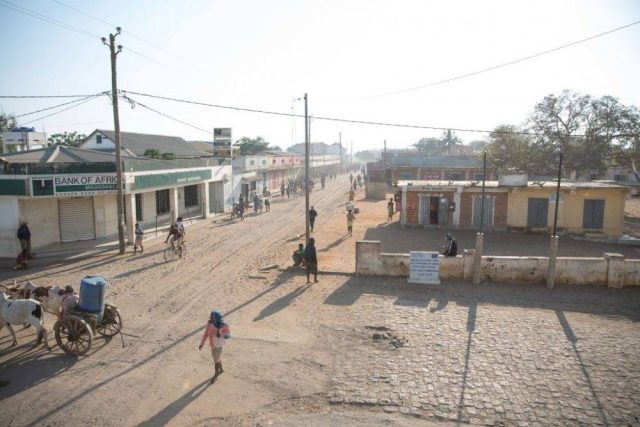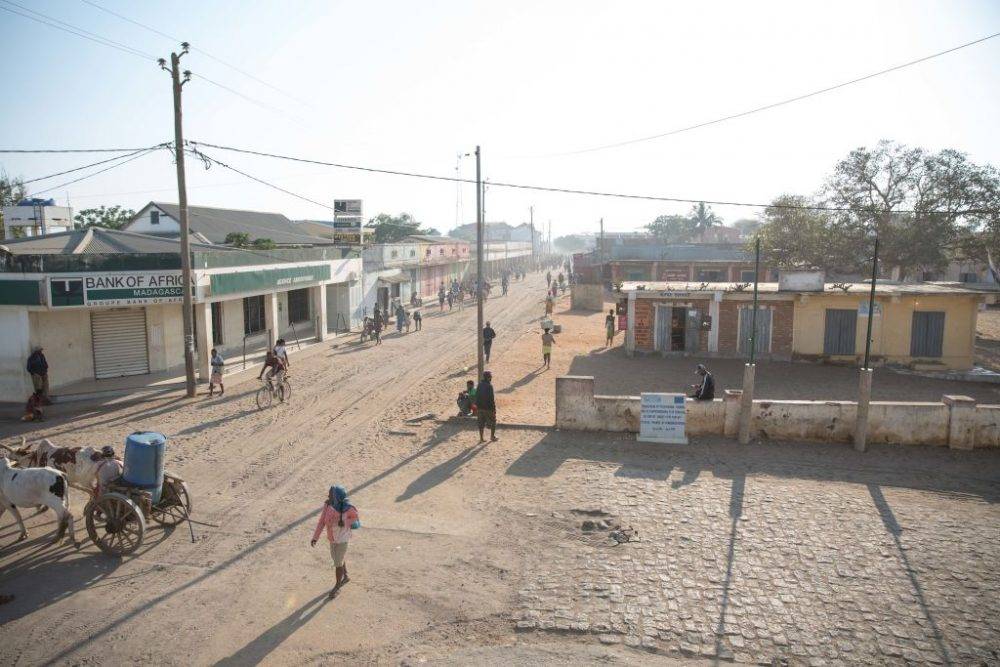

In a small village in southern Madagascar, dozens of women shelter from the scorching sun under a tree as they wait to weigh their children. The country has suffered poor rainfall since October and fears of worsening hunger loom as the El Niño climate pattern takes hold.
The country is particularly exposed to extreme weather events such as storms and droughts, which scientists say are expected to worsen with climate change.
“Madagascar is facing the climate crisis now,” said Reena Ghelani, the United Nations climate crisis coordinator for the El Niño response.
At least 1.3 million people in Madagascar, one of the world’s poorest countries, already suffer from malnutrition, according to the UN. In recent years, a vast area in the south has been hit by the worst drought in four decades. Weather forecasts predict an even drier 2024, with potentially dire consequences for the harvest season starting in May.
“There is nothing growing on our land. Everything we plant ends up falling. It’s because of all this we suffer,” said Nasolo. She has come with other mothers to a community centre in the village of Manindra to have her children checked.
A dry wind blows over the red earth and temperatures hover around 35°C.
“I come every two weeks to weigh and check on his health,” said Arisoa, who has walked seven kilometres to put her year-old son on the scales.
Three months ago, she realised the boy was acutely malnourished. A bracelet now monitors his muscle mass.
“I should give him fish, bananas and pineapple. But we don’t have the means and not enough food. The rain isn’t falling,” she said.
Globally, 2023 was the warmest year on record, according to the World Meteorological Organisation. Last month, it warned that this year could be even hotter because the naturally occurring El Niño climate pattern usually increases global temperatures.
Ghelani, who toured Madagascar last week, said early warning systems to detect climate risks are key to promptly deliver aid, such as seeds, food and money.
The UN’s Food and Agriculture Organisation (FAO) is trying to help farmers. Some use a phone app it developed compiling agro-meteorological data.
“It helps us to better predict precipitation, winds and decide whether to plant or not,” said Bienvenue Manasoa, who grows maize, sorghum and peanuts. “It has changed our life.”
Others have started planting more drought-resistant seeds.
“I chose to grow millet because it is nutritious and it does not need a lot of water to grow,” said Ialy Tsivonanomby, who sells his seeds to the FAO. — AFP
At least 1.3 million people in the country, one of the poorest in the world, already suffer from malnutrition




